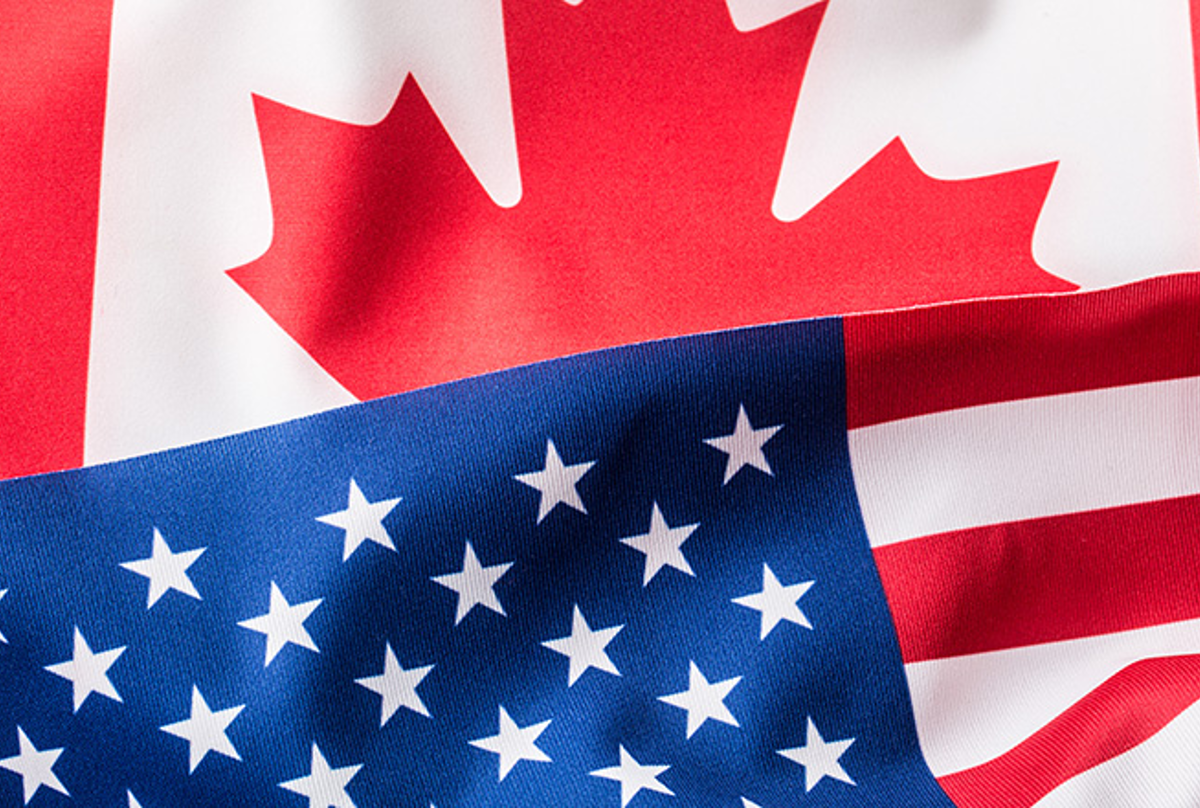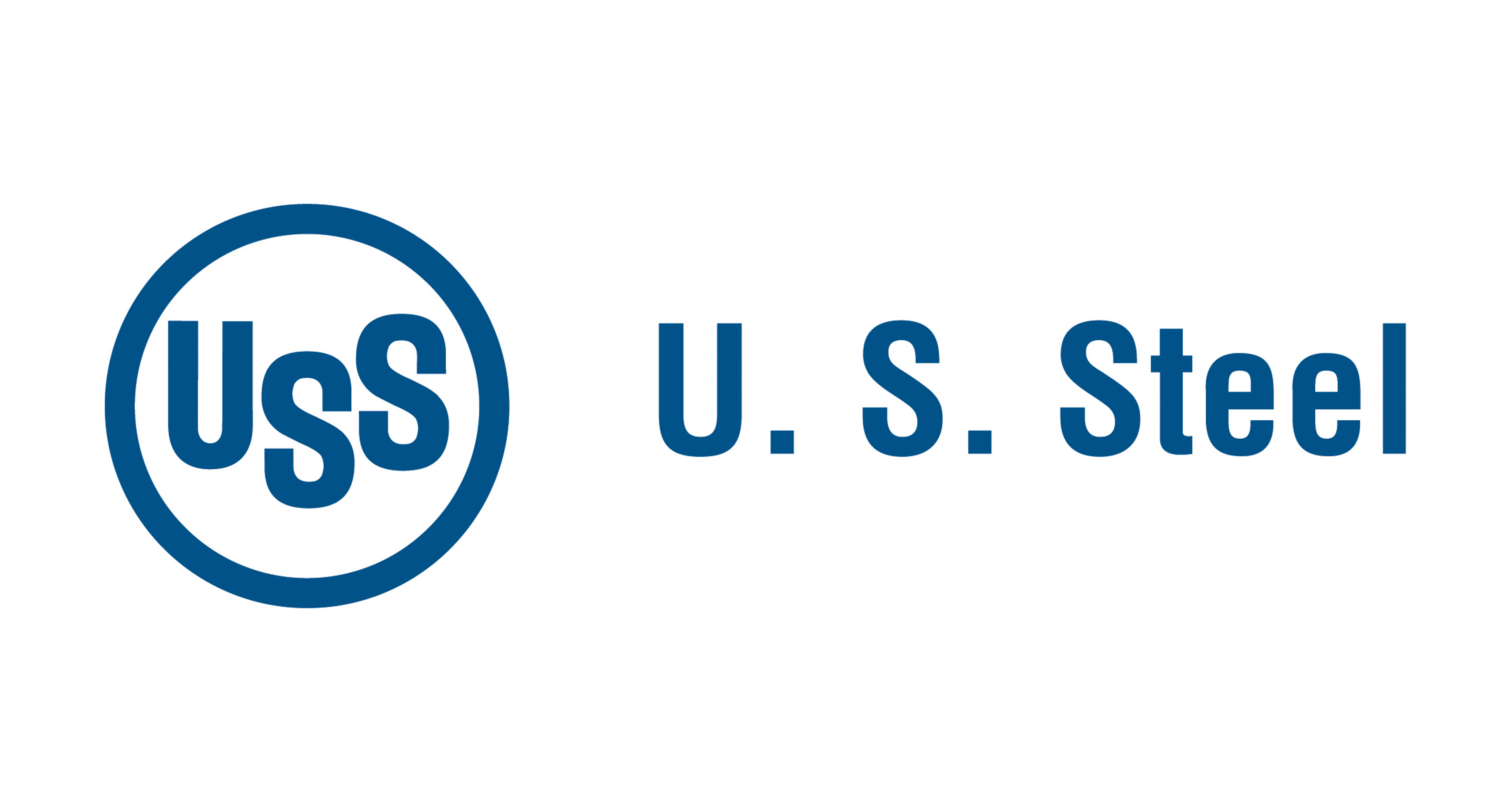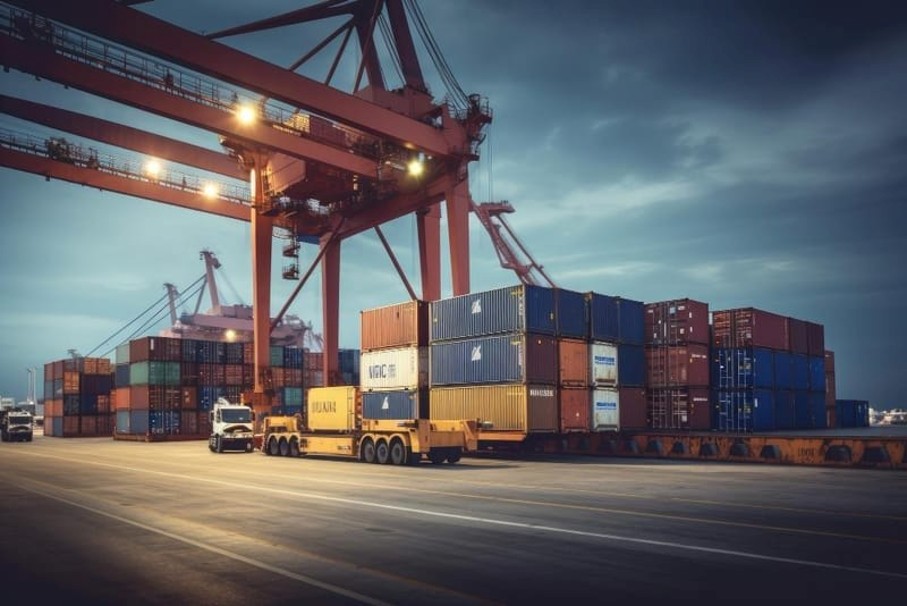Government/Policy

May 23, 2017
US DOC Selects Speakers for Section 232 Hearing
Written by John Packard
The U.S. Department of Commerce advised Steel Market Update, as a member of the media, who would be speaking at tomorrow’s (Wednesday, May 24, 2017) Section 232 hearing on steel. The hearing is part of the Commerce Department’s investigation about the need for steel for national security. Here is what we received from the US DOC:
Public Hearing on Section 232 Investigation of Effect of Steel Imports on U.S. National Security
Secretary of Commerce Wilbur Ross will open public hearing that will examine the effect of steel imports on U.S. national security.
WASHINGTON – The U.S. Department of Commerce will host a public hearing on the Section 232 investigation of the effect of steel imports on U.S. national security on Thursday, May 24, in the U.S. Department of Commerce Auditorium.
Officials from the Department’s Bureau of Industry and Security and International Trade Administration, the U.S. Department of Defense, and the U.S. Geological Survey will also participate in the hearing.
The hearing testimony will assist the Commerce Department in gathering pertinent information regarding the status of the U.S. steel industry from the perspective of domestic and non-U.S. steel manufacturers, importers and others. The hearing will feature testimony from approximately 35 individuals, representing the U.S. Congress, steel manufacturers, users and importers, foreign embassies and trade associations.
The hearing will start at 10 a.m. and end at approximately 1:45 p.m. The event will be held in the Commerce Department’s auditorium on 14th and Constitution Ave., N.W. It is recommended that you arrive early to allow time to clear building security and registration.
A live-stream will be available HERE.
Speakers include:
• U.S. Secretary of Commerce Wilbur Ross
• U.S. Congresswoman Marcy Kaptur (Ohio)
• David Rintoul, President U.S. Steel Tubular Products, United States Steel Corporation
• John Ferriola, CEO/President, Nucor Corporation
• Roger Newport, CEO, AK Steel Corporation
• John Brett, CEO/President, ArcelorMittal USA
• Barbara Smith, COO/President, Commercial Metals Company
• Thomas Gibson, CEO/President, American Iron and Steel Institute
• Ward Timken, CEO/President, Timken Steel Corporation
• Barry Zekelman, CEO/Chairman, Zekelman Industries
• Dennis M. Oates, Chairman, Specialty Steel Industry of North America
• Terrence Hartford, Vice President, ATI Defense
• Lourenco Goncalves, CEO/President, Cliffs Natural Resources Inc.
• John Adams, President, Guardian Six LLC
• John Phelps Stupp, CEO/President, Stupp Bros., Inc.
• Ryan Chadwick, Vice President/General Counsel, Ipsco Tubulars, Inc.
• Yu Gu, First Secretary, People’s Republic of China, Ministry of Commerce
• Alexander Zhmykhov, Deputy Head of Economic Section, Trade Representation of the Russian Federation in the USA
• Karl Tachelet, Director of International Affairs, Eurofer
• Vitalii Tarasiuk, Minister-Counsellor, Embassy of Ukraine
• Tim Johns, Vice President of Manufacturing, Nippon Steel AND Sumikin Cold Heading Wire Indiana
• Byeong Bae Lee, President, Hyundai Steel America
• Gary Horlick, International Trade Counsel, American Institute for International Steel
• Robert Budway, President, Can Manufacturers Institute
• Tracey Norberg, Senior VP and General Counsel, Rubber Manufacturers Association
• Suzi Agar, President, Air Distribution Institute (ADI)
• John Cross, Steelscape LLC
• Jim Tennant, CEO, Ohio Coatings Company Leo Gerard, International President, United Steelworkers
• David Zalesne, Vice Chairman, American Institute of Steel Construction (AISC) AND President, Owen Steel Company
• Philip Bell, President, Steel Manufacturers Association
• Bill Geary, Chairman, Cold Finished Steel Bar Institute
• Ed Vore, Chairman/President, The Committee on Pipe and Tube Imports
• Raymond Monroe, Executive Vice President, Steel Founders’ Society of America
• Mark Millett, President/CEO, Steel Dynamics
• Alexander Maass, President, Maass Flange Corporation
• John J. Jaskot, Partner, Port of New Orleans
• Joel Johnson, CEO, Borusan Mannesmann Pipe U.S. (BMP)







